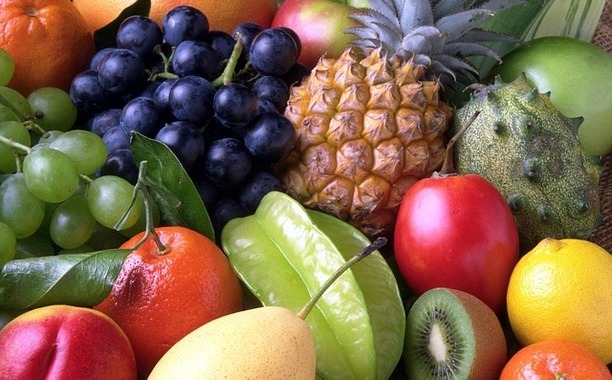Drinking beverages and eating foods rich in fructose can lead to weight gain, according to a recent study conducted by researchers from the University of Southern California.
The researchers found that eating glucose sends a signal to the brain indicating that food has been consumed, whereas eating fructose does not, which leaves people hungry; feeling as if they haven’t eaten.
In the study, which was published in the journal Proceedings of the National Academy of Sciences (PNAS) on May 4, researchers tested the effects of glucose and fructose on brain activity and hormones. A total of 24 healthy volunteers had their brains scanned with functional magnetic resonance imaging (fMRI) before and after they drank water sweetened with either glucose or fructose.
They found that consuming fructose relative to glucose led to an increased appetite as well as increased brain activity in regions responsible for attention and reward processing; meaning participants were more willing to give up long-term monetary rewards in order to obtain immediate high-calorie foods.
Fructose is most commonly found in fruits and vegetables, while glucose, known as blood sugar, is found in foods rich in major carbohydrates— such as pasta, whole grain bread, potatoes and honey.
As fructose is often used in sweeteners, the researchers behind the study warn that increasing levels of fructose in our diet could be a contributing factor to growing obesity levels around the world, according to The Telegraph.
[quote text_size=”small” author=”– Kathleen Page” author_title=”Assistant Professor at Clinical Medicine at Keck School of Medicine of University of Southern California”]
Fructose fails to stimulate hormones, like insulin, that are important in helping us feel full. (…) The best way to reduce fructose intake is to decrease the consumption of added sugar sweeteners, which are the main source of fructose in the American diet.
[/quote]
In an unrelated study, which published in the Journal of American Geriatrics Society, found a connection between diet soda consumption and an increased waist size. In the study, researchers found that over a period of 9.4 years, diet soda drinkers saw a 2.11 centimeter increase in their waist size, but those who didn’t drink such beverages saw an increase of only 0.77 centimeters.
What are your thoughts on these findings? Is your diet composed of added sugar sweeteners and diet soda?
























